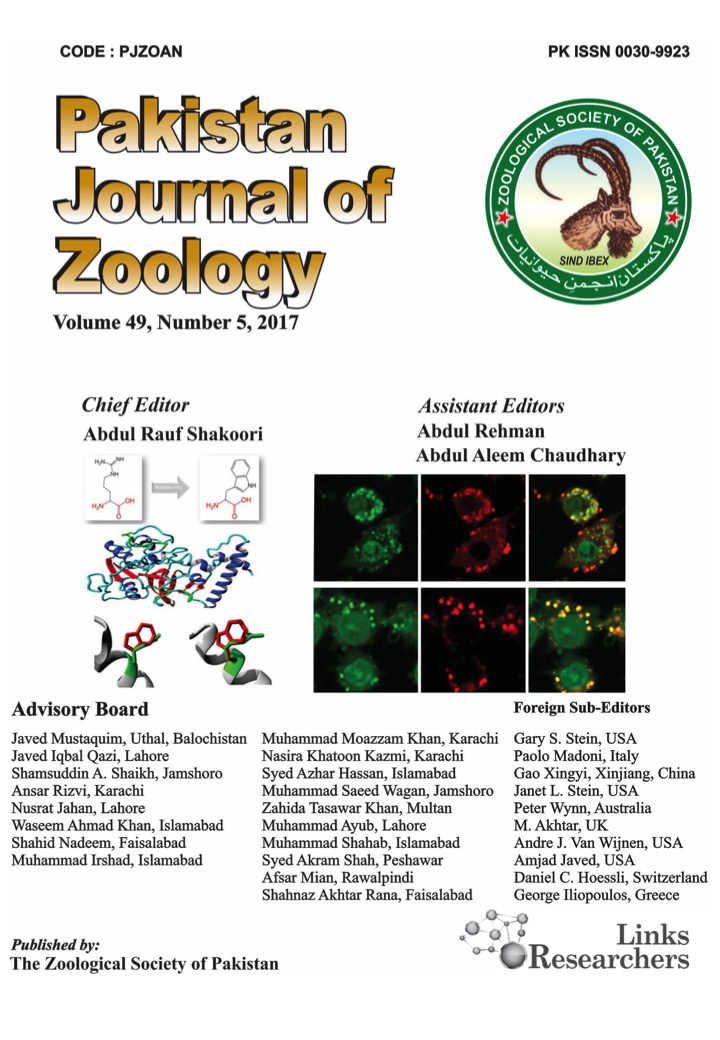Staphylococcus aureus: A Perspective on Livestock Handlers and Food Safety
Staphylococcus aureus: A Perspective on Livestock Handlers and Food Safety
Owelle Ojo Olukoya1, Adesiji Yemisi Olukemi1, Aluko Esther Folahanmi2, Ojeniyi Fiyin Demilade3,4, Oyekale A.O.4,5 and Olowe Olugbenga Adekunle1,3*
ABSTRACT
Staphylococcus aureus is a significant pathogen in livestock, posing risks to both animal health and food safety. This bacterium can be found in various livestock species, including cattle, pigs, and poultry, often asymptomatically colonizing their skin and mucous membranes. Livestock handlers are particularly at risk, as direct contact with infected animals can lead to zoonotic transmission. S. aureus is notorious for its ability to produce enterotoxins, which can contaminate food products and cause foodborne illnesses in humans. Effective biosecurity measures are crucial in minimizing the risk of infection in livestock and preventing contamination in food processing. Regular veterinary check-ups, proper hygiene practices, and employee training are essential components of food safety protocols. Additionally, surveillance programs can help identify and manage outbreaks in livestock populations. By addressing the risks associated with S. aureus, stakeholders can enhance food safety and protect public health. Comprehensive strategies are necessary to mitigate the potential impacts of this pathogen on both livestock and consumers.
To share on other social networks, click on any share button. What are these?






